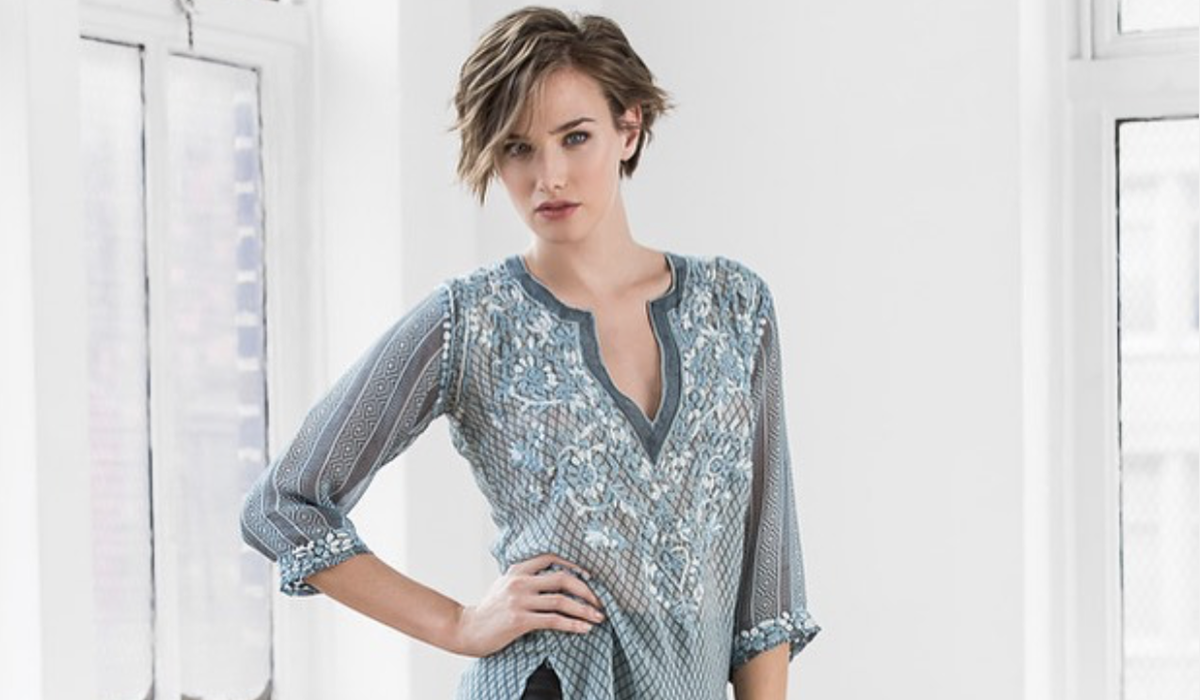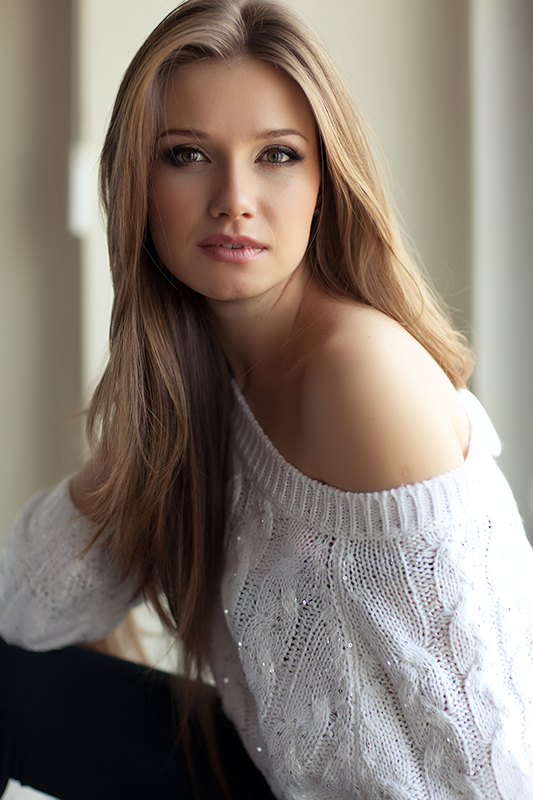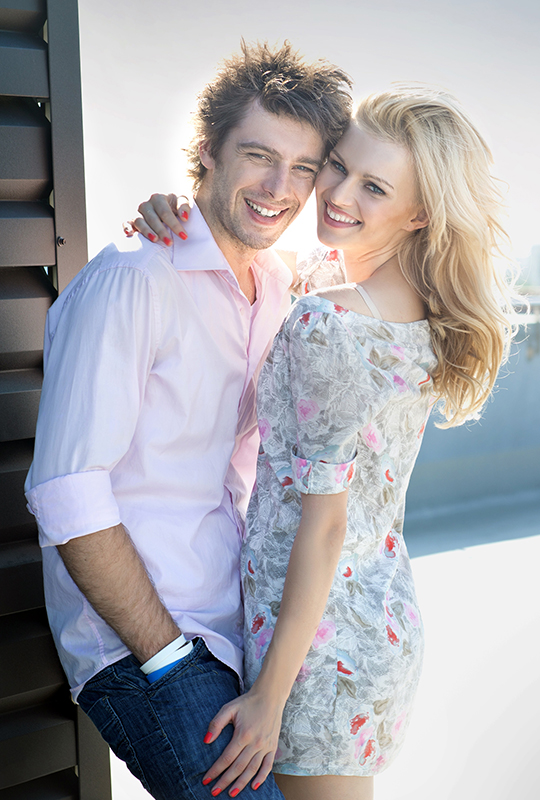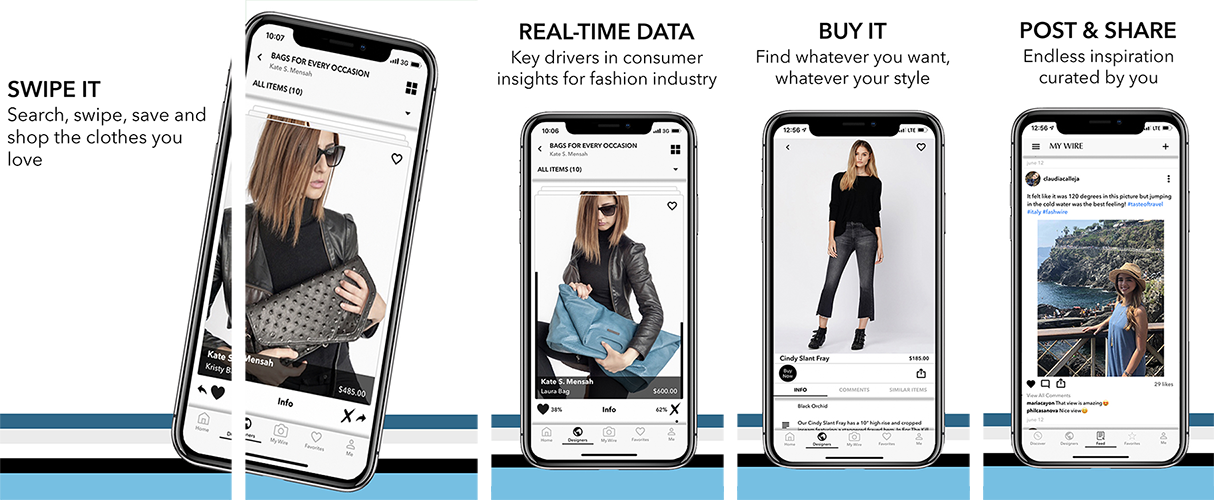
FASHTALKS WITH AMAYA
Designer Interview
Oct 07, 2020 09:58 AM
What inspired you to pursue create your own brand?
I was always interested in fashion and textiles. After visiting India and seeing all the beautiful colors and fabrics I decided to bring them to the US, modernizing the traditional Indian styles.
What was your previous work experience before launching your brand?
I taught first grade in the beginning, which I loved. While living in London, I studied interior design and partnered with another girl to work on renovating and designing houses and flats. Then I became a style advisor. Each career helped me build experience that I would find useful.
What was your first job out of college, and how did you land that position?
I graduated with a BS in elementary education and my first job was as a first-grade teacher. I found a job locally. It was a wonderful time in my life.
What was the toughest circumstance you overcame when just starting out your business?
Rejection, not in the normal sense but hearing someone say that they didn’t like our products or see the value in all the handwork involved. I learned that it’s not personal rejection and that only those who understand the skill involved in the embroidery and the art of hand printing will appreciate what we do. Thankfully there are more and more of those now.
Do you feel working in the fashion industry is different today than from when you started out? Why or why not?
Yes. It was more robust in the beginning. Store orders are not what they were. Some have gone out of business and most are very conscious of the amount they buy and the prices their customers are willing to pay.
"Once you find the approach for your brand you need to stay up to date but remain true to your spirit, creating heritage items that never go out of style."
What direction do you believe the fashion industry is headed to?
Online sales seem to be the way to go, at least presently. Perhaps selling virtually to shops, specifically specialty stores as we sell to. Trade shows are very expensive now, for vendors as well as for buyers. In addition, there are too many shows for buyers to choose from and for vendors to participate in.
How do you define fashion?
Fashion today is either keeping up with trends, or as Coco Chanel said “Fashion fades, only style remains the same”. Once you find the approach for your brand you need to stay up to date but remain true to your spirit, creating heritage items that never go out of style.
How would you describe your personal style?
Eclectic but classic. Simple, timeless.
What was your biggest fear when starting your brand?
We were very naïve when we started. Not really knowing the fashion world, we began with what we loved, the amazing handwork. We wanted to use traditional methods to create more modern clothing shapes. We didn’t have any fear. After some time, we saw that it was possible to fail as we saw some others do. However, determination and love of the world of creativity made me persevere.
What are your greatest strengths and weaknesses?
My strengths are energy, sensitivity, my love of creativity, and enjoyment of people. My weaknesses are lack of formal training in fashion design (although I have it in interior design and personal image consulting). Another weakness is not having started this endeavor earlier in my life. I’ve learned so much but there is so much more to learn.
How do you want your customer to feel when wearing your clothes/accessories?
Special, unique, comfortable and individual.
Where do you draw inspiration from for your designs?
Nature, historic designs, ancient Indian design.
What other designers/brands inspire you? Why?
There are several. I love the simplicity of Armani and the creativity of Dries van Noten. Also, Caballero, which is very international. I love European and foreign designers.
Are you passionate about something other than fashion?
Yes. Many things. Cooking, art and music, exercising, and interior design.
There’s so much pressure for designers to come out with their greatest collection season after season. How do personally try to achieve this?
We are a small company, not like the big designers. Our collection is always being developed. We receive new things as they are ready. Since everything we make is done by hand it takes 1-3 months to have anything made. It’s a long process but the hand work is the basis of the company. We support hundreds of craftswomen and men to whom we are committed. Because it takes time for us to receive new pieces, we choose to introduce them constantly rather than all at once.
What advice would you give to young designers just starting out and hoping to make it in the industry?
Work hard. Listen and learn from those around you in the business. Most people are happy to share their knowledge with you. Stay focused and develop what you love and feel good about sharing with others.
"Amaya means many things in Hindi , guileless, sincere and genuine. but the one I liked best is — no boundaries."
If you were not in the fashion industry what other industry/job would you be in?
Working with children or interior design.
What is the inspiration for your brand’s name?
I wanted the name to be something in Hindu because we made everything in India. An Indian friend helped me find the name. Amaya means many things in Hindi , guileless, sincere and genuine. but the one I liked best is’ “no boundaries”. It was important the name was easy to pronounce too.
What has been your biggest accomplishment personally to date?
Helping those in need. We provide scholarships for girls in developing countries who would otherwise not be able to attend school. I’m also proud to be supporting all our crafts people who do the silk screening, block printing and embroidering.
What makes your brand stand out from others?
Amaya is classic and timeless, not trendy. We use sophisticated color combinations, and everything is made by hand.
What would you like your brand to be known/recognized for?
High quality, excusive, and stylish.




